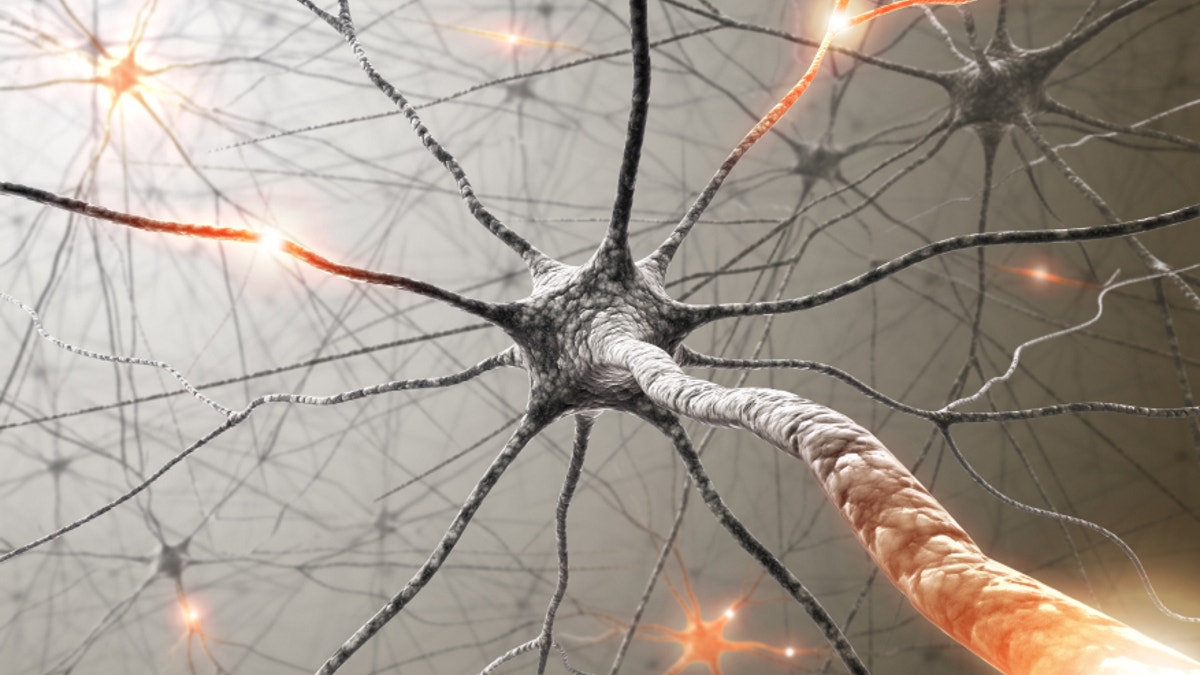
Childhood neurodegenerative diseases, while rare, can be devastating. Characterized by a progressive loss of neural function and the eventual death of the brain’s neurons, these disorders tend to lack treatment options – and are often fatal.
Now, researchers from the University of California, San Diego School of Medicine are providing hope for some families with neurodegenerative conditions, after discovering a gene mutation responsible for a very severe childhood disorder called pontocerebellar hypoplasia.
Based on their experiments, the research team believes a nutritional supplement could be used to treat and reverse the condition, which is currently thought to be incurable.
“It’s very poorly defined in the textbooks; medical doctors have probably heard about it, but wouldn’t recognize it in the clinic,” lead study author Dr. Joseph Gleeson, Howard Hughes Medical Institute investigator and professor in the department of neurosciences and pediatrics at UCSD, told FoxNews.com. “By doing this genetic evaluation, I think it’ll help raise the idea in doctor’s minds that this is a unique condition and needs to be recognized and treated.”
Pontocerebellar hypoplasia is a group of rare, genetic neurological disorders characterized by the shrinkage of the cerebellum and brain stem over time. Children with the condition initially have problems with balance, breathing and swallowing, and the disease eventually elevates to include disabilities in movement and cognitive function. The average lifespan for patients is five to 10 years.
Gleeson and his colleagues have been conducting genome sequencing – the mapping of genetic information – of children with brain conditions, such as cerebral palsy and mental retardation. It was through this work that the stumbled upon children with pontocerebellar hypoplasia, pinpointing the mutated gene they all had in common: AMPD2.
“This gene is involved in metabolism in some of the most basic building blocks of cells.” Gleeson said of AMPD2. “It’s how cells meet their energy requirements.”
Nucleotides provide the main sources of energy for cells, existing in two forms: ATP and GTP. ATP is responsible for most of the energy requirements, while GTP is the source of protein synthesis. However, the two forms must be balanced in order for cells to function properly. According to Gleeson, the mutation of AMPD2 results in the accumulation of ATP and the depletion of GTP, an imbalance that ultimately leads to neurodegeneration.
Upon this discovery, the researchers theorized they could bypass this GTP block by giving patients a nutritional supplement. They found that a non-toxic performance enhancing drug known as AICAR, a purified form of GTP, could restore balance to the cells. The supplement was tested in genetic models of the disease, as well as human cells in vitro, and the treatment successfully rescued the cells from degeneration and death.
Gleeson cautions families against buying this drug and testing it on their children independently, as researchers are still unaware of any potential side effects the supplements could have in humans with pontocerebellar hypoplasia. However, he is hopeful that AICAR will soon be developed into a drug by pharmaceutical companies, providing a model of treatment for other neurodegenerative disorders.
“It’s a good example of a neurodegenerative disease no one expected to be treatable,” Gleeson said. “It’s a very sad condition. That’s why we think this is an important example. It might offer potential treatments for this specific condition and offer hope for other neurodegenerative treatments.”
The research was published in that August 1 issue of the journal Cell.
